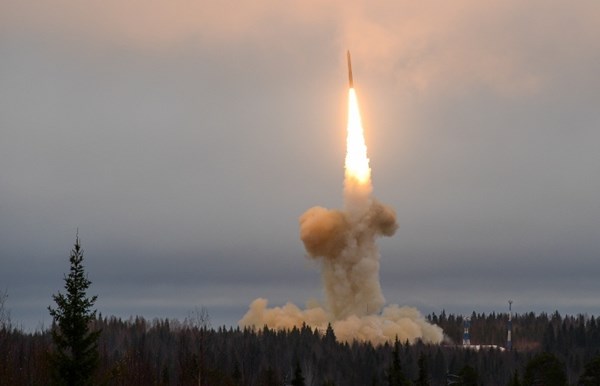Norwegian seismologists: Severodvinsk incident may have involved two blasts
According to representatives of the Norwegian Seismic Array (NORSAR), there may have been two explosions two hours apart in northern Russia on August 8.
The blast, which took place during the testing of a rocket engine and killed five Rosatom employees, caused a second explosion two hours later. According to the Norwegian researchers, the second one was more likely the source of the radiation emission. NORSAR believes that the second blast may have come from a cruise missile with radioactive fuel.
NORSAR’s findings were first published by the Norwegian newspaper Aftenposten on August 23.
“We detected two explosions, the latter of which coincided with the surge of radiation,” NORSAR CEO Anne Lycke told Reuters in an interview. She added that the radiation was probably due to the rocket’s use of radioactive fuel.
The second explosion was detected by infrasonic sensors and not seismic monitors, which means that the explosion could have happened in the air.
Igor Orlov, governor of Russia’s Arkhangelsk province where the incident took place, refuted the reports of a second explosion.
“The consequences of the incident do not pose any kind of threat,” Orlov told the Russian news agency Interfax in an interview. He said that “all the rest is another round of disinformation”.
The Russian government has already commented on the incident several times. The official explanations are rather contradictory. Initially, the Russian Defense Ministry said that radiation levels remained normal, while the state meteorological agency reported an increase in background radiation.
On August 10, the Russian nuclear energy corporation Rosatom said that the incident was related to “isotopic energy sources”, but declined to provide any details. As a result of the incident, five Rosatom and two Defense Ministry employees were killed.
On Thursday, August 8, the Russian Defense Ministry reported an explosion on the territory of a military testing site in the Arkhangelsk region, in which two people were killed and six injured.
After the accident, the Severodvinsk administration website published a report on a short-term increase in the radiation. It was noted, that at the time of publication, the radiation went back to normal, and the sensor readings do not exceed the maximum permissible. However, later, the message was removed, and city administration said that the initial statement was removed, "because the Ministry of Defense is working on this situation."
Senior researcher of the Federation of American Scientists Ankit Panda in a conversation with Reuters news agency said that conventional liquid fuel missiles do not emit radiation. He also noted that previously Russia has reported about the development of a rocket with a nuclear engine. Last year, Russian President Vladimir Putin spoke to the Federal Assembly about the development of a nuclear-powered Burevestnik cruise missile.
